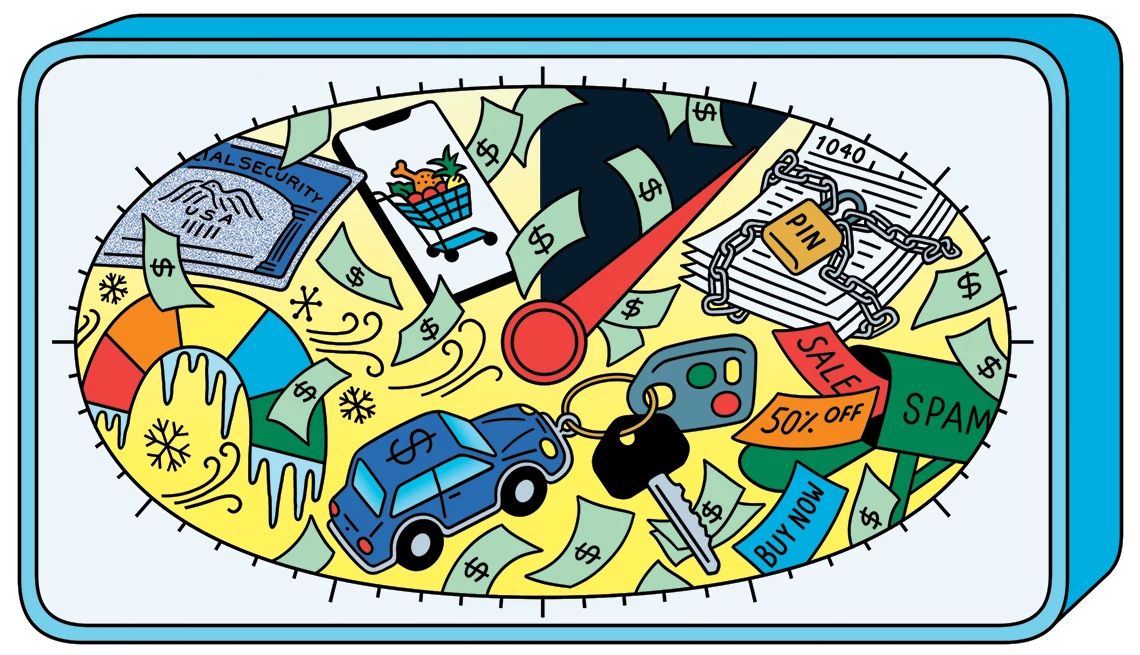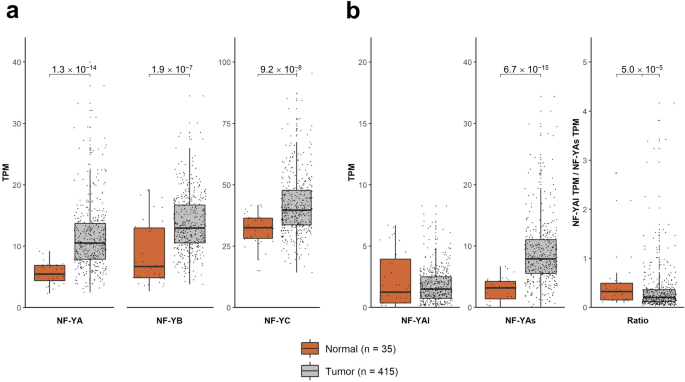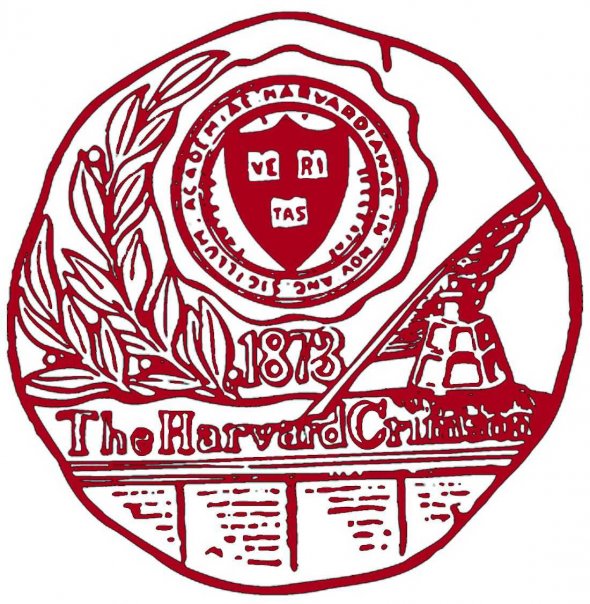
- Select a language for the TTS:
- UK English Female
- UK English Male
- US English Female
- US English Male
- Australian Female
- Australian Male
- Language selected: (auto detect) - EN
Play all audios:
4. ASK YOUR CELLPHONE PROVIDER FOR A BETTER RATE Mobile plans are getting more expensive. The average cellular bill was $121 per month in 2024, up from $113 in 2022, according to survey data
from digital billing service Doxo. But a quick call to your cellphone provider could save you money. Paying for data that you don’t use? Ask your provider to downgrade your plan. (Your
monthly billing statement states data usage for each phone on your plan.) The best time to call customer service is on a Tuesday or Wednesday morning, when hold times are typically shorter,
says Brian Keaney, co-founder and chief operating officer at Billshark, a bill-negotiating service. If you’re 55 or older, look into discounts for older adults. T-Mobile’s Go5G Plus 55 plan
offers eligible customers two lines at $60 each per month for unlimited talk, text and data. Mint Mobile also offers cellphone plans for customers 55 and older, with a 12-month unlimited
plan for $25 per month plus a $300 upfront payment. AARP members can get two lines of unlimited talk, text and data with Consumer Cellular for $55 per month. 5. DOWNLOAD A FEW GROCERY STORE
APPS Many supermarkets have mobile apps. By downloading them and signing up for the store’s loyalty program, you get access to special deals and digital coupons. Some smartphone apps, such
as the Target Circle app, provide a barcode scanner that you can use to scan items as you shop to see if deals are available. “Grocery store apps are one of the most underrated savings
tools,” says Stephanie Carls, retail insights expert at RetailMeNot, a coupon website. “They offer personalized coupons, loyalty rewards and weekly specials that can really add up,
especially on essentials.” Shop at several grocery stores? Consider downloading Flipp, a free app that lets you select multiple supermarkets and browse their circulars. Participating stores
include Aldi, Food Lion, Harris Teeter, Kroger, Walmart, Wegmans, Weis and other national grocers. Apps like Ibotta, Receipt Hog and Checkout 51 let you earn cash back on grocery purchases
from certain supermarkets by scanning receipts. 6. SEE IF YOU HAVE UNCLAIMED ASSETS About 1 in 7 Americans has unclaimed cash or property, according to the National Association of
Unclaimed Property Administrators (NAUPA). “Unclaimed property can be anything from forgotten checking accounts, payroll checks, insurance payments or even the contents of a safe deposit
box,” says Shaun Snyder, CEO of the National Association of State Treasurers (NAST). Although there's no central database for all unclaimed assets, you can go to MissingMoney.com to
find unclaimed property in states where you’ve lived or worked. In one shot, you can search 49 states, Washington, D.C. and Puerto Rico. The free site, endorsed by NAUPA and NAST, also
provides a national index with direct links and contact information for each state’s official unclaimed property program. 7. HAVE CREDIT CARD DEBT? APPLY FOR A LOW-INTEREST BALANCE TRANSFER
CARD Nearly half of adults ages 50-plus have credit card debt, a recent AARP survey found. The good news? Moving high-interest credit card debt to a balance transfer credit card with a low
introductory interest rate could save you a lot of money if you can pay it off before the introductory rate expires. Some cards offer up to 21 months to pay off the transferred balance with
no interest, according to NerdWallet, a credit card comparison site. “Signing up for a 0 percent balance transfer card is my favorite credit card debt payoff tip,” says Ted Rossman, a
credit card analyst at Bankrate.






